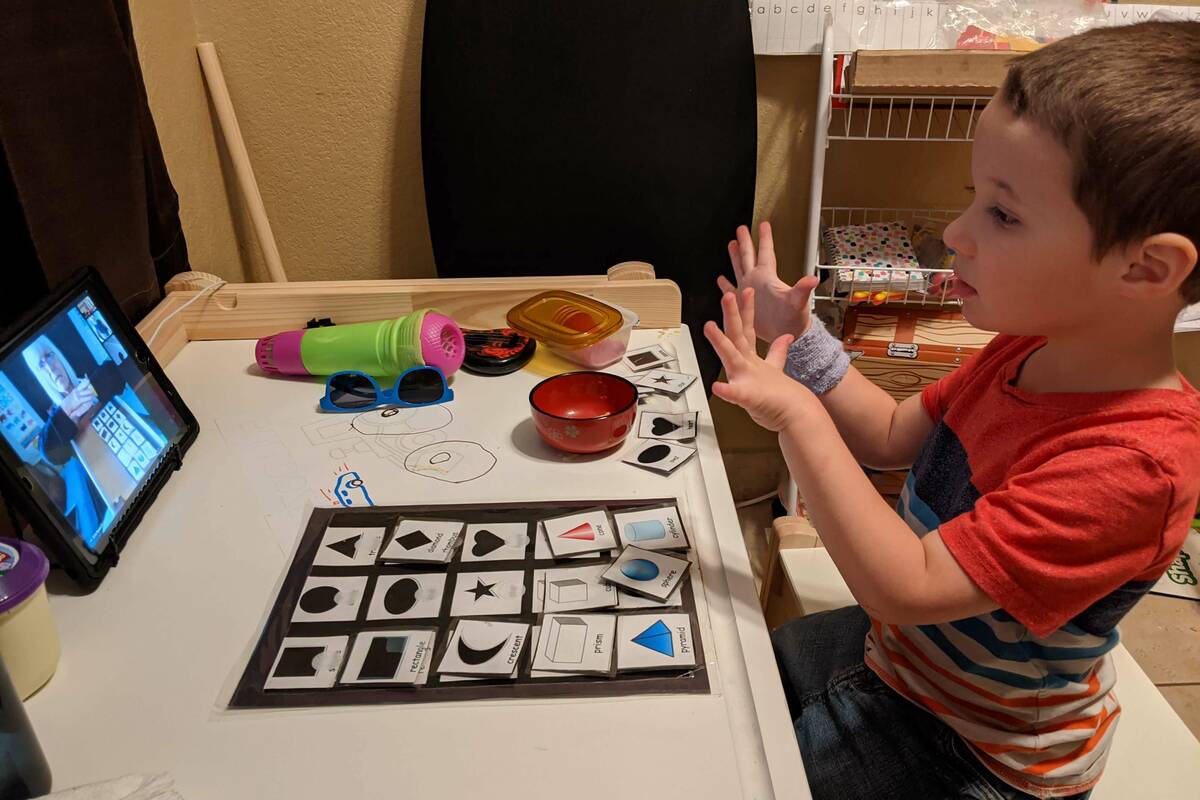EDITORIAL: School closures widened achievement gaps
The evidence continues to pour in that closing schools as a pandemic precaution was devastating for children. We’ve been saying it for two years.
Earlier this month, the Center for Education Policy Research at Harvard released an analysis of learning loss and remote instruction. It examined data from more than 2 million students in 49 states and Washington, D.C. The researchers compared student academic growth before the pandemic to progress made during the pandemic. This allowed them to gauge performance differences between in-person and remote learning. To the surprise of no one who has been awake for the past two years, students who remained on campus did better.
The researchers found students who were in the classroom lost around 20 percent of a year’s worth of learning in math, The New York Times reported. Some of that may have stemmed from school shutdowns in the spring of 2020. But students forced to attend school virtually for most of the year did much worse. They lost around 50 percent of a year’s worth of learning.
In addition, students at high-poverty schools that opened their doors had less learning loss in math than students at low-poverty schools that remained closed.
Score one for governors — overwhelmingly Republican — who allowed schools to reopen in the fall of 2020 despite relentless criticism from progressives. It was clear then that the virus represented little danger to children and schools could operate safely. The kids in those states will reap a lifetime of benefits because somebody had the courage to stand up to teachers unions hysterically wailing about children being taken out in body bags.
The insistence on keeping campuses closed in many blue states was especially hard on low-income students. “Within school districts that were remote for most of 2020-21, high-poverty schools experienced 50 percent more achievement loss than low-poverty schools,” the report states. Researchers found “math achievement gaps did not widen in areas that remained in-person,” although reading gaps increased slightly.
This also exacerbated the racial achievement gap, because Black and Hispanic students were more likely to attend high poverty schools. “If the achievement losses become permanent, there will be major implications for future earnings, racial equity and income inequality, especially in states where remote instruction was common,” the authors write.
That should be ringing alarm bells in Clark County and prompting school officials to aggressively implement programs to get kids up to speed. Instead, Superintendent Jesus Jara seems more focused on watering down academic standards.
Which is yet another reason Nevada parents, especially in low-income families, need more options, including school choice.

















